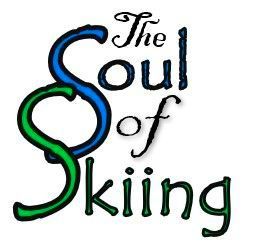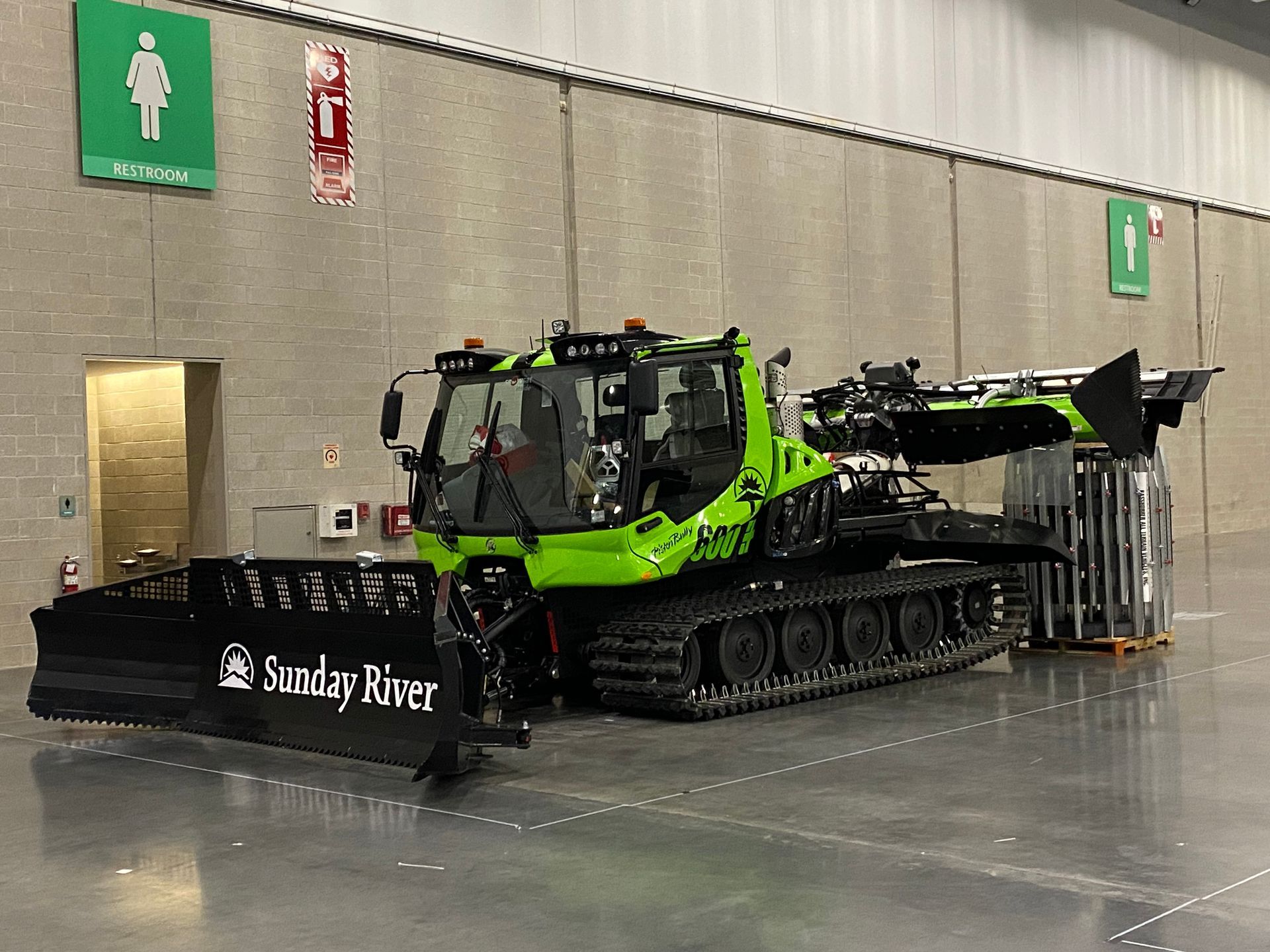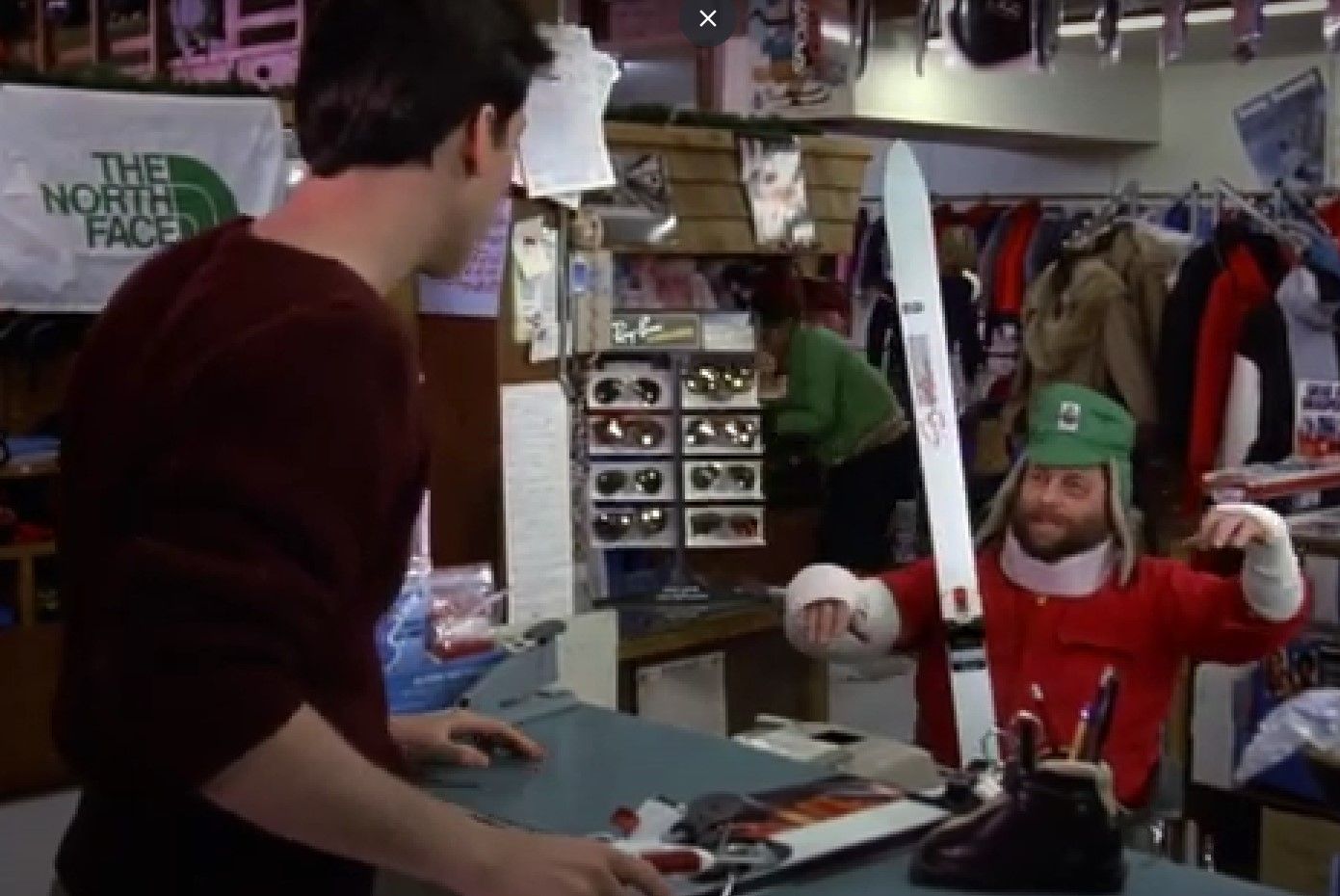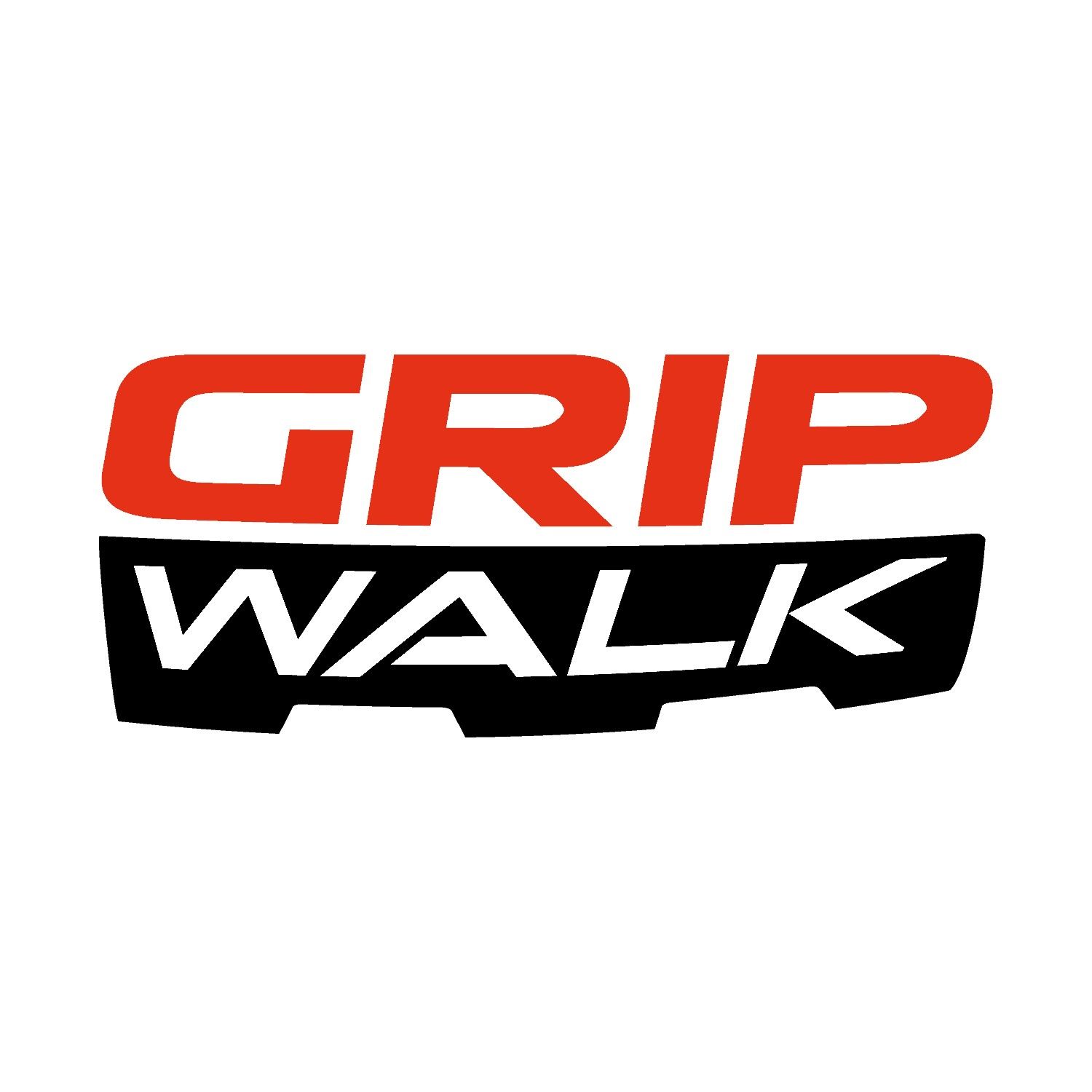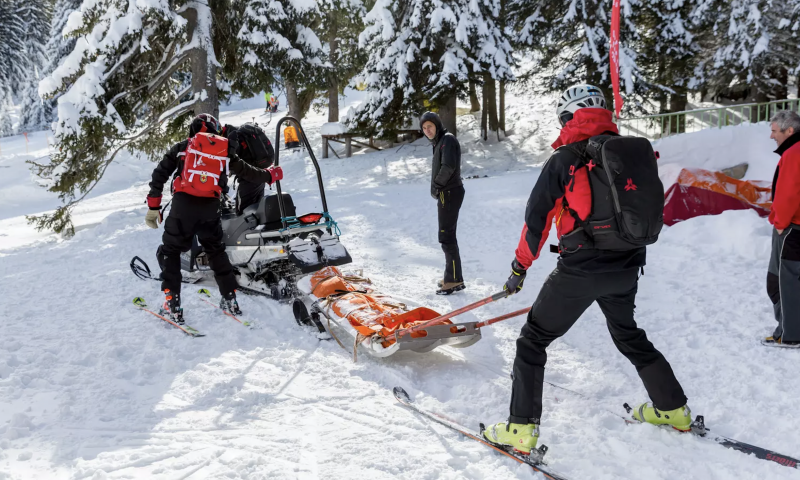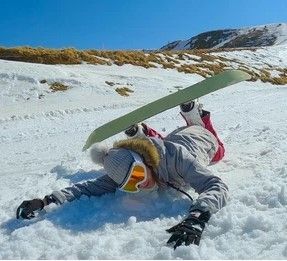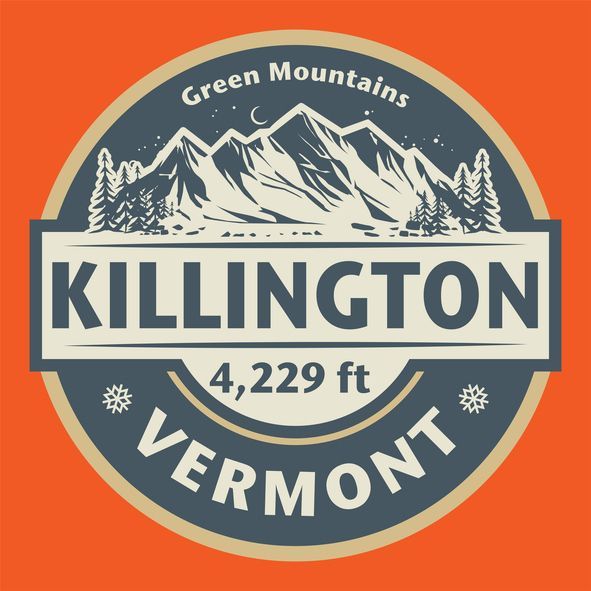Stay Out of My Line! (Part 2: The Technological Explosion)
What in the F*ck is a Parabola?
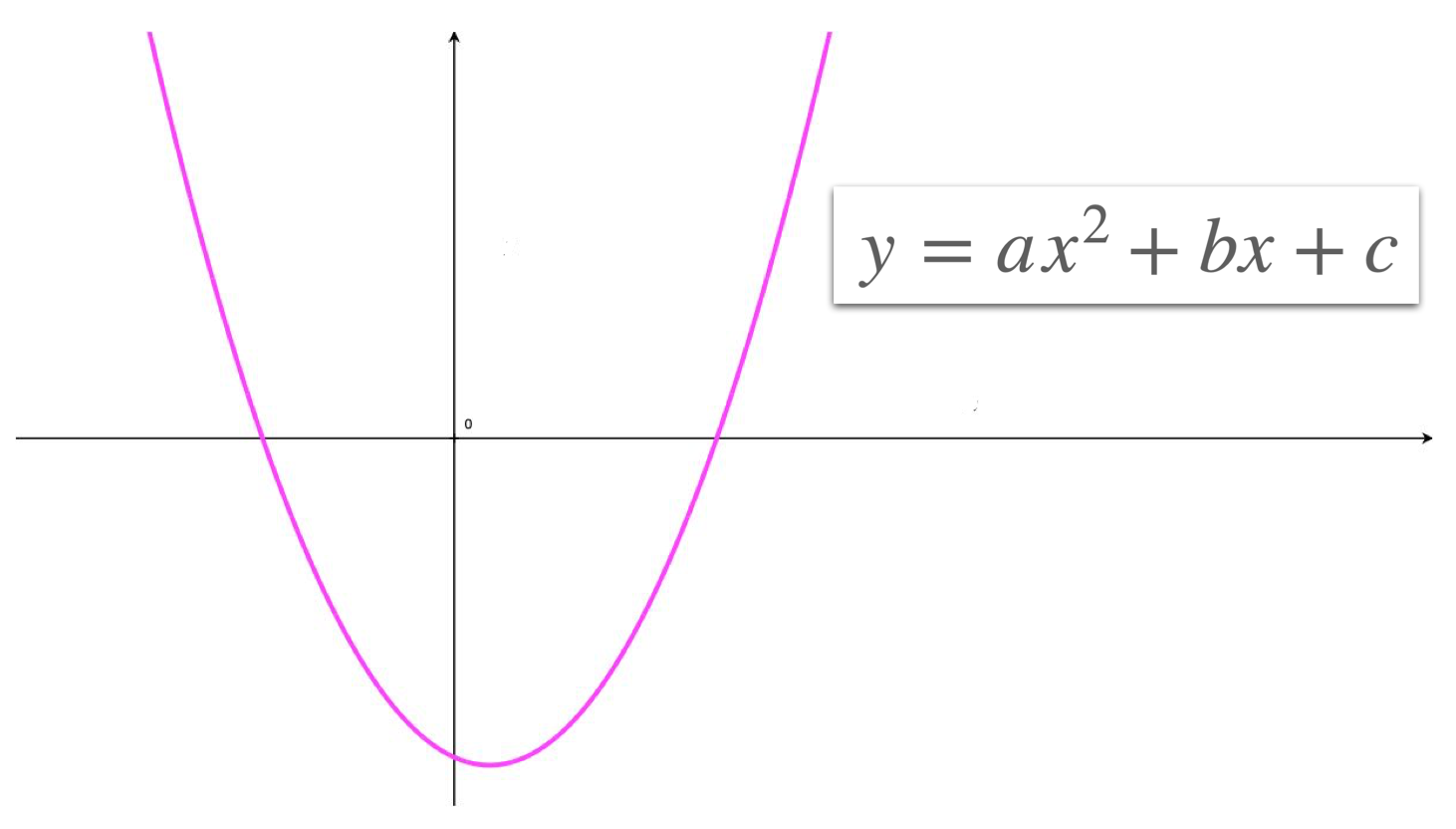
In the early to mid 1990's, advancements in ski technology shattered the status quo. As technology was developed for the world cup ski circuit, the ones that made sense began to trickle into the customer ski market- Of course, that was nothing new- Race rooms have been the breeding ground for fast technological evolution of ski design since metal edges were first added to them in 1928.
For the most part, up to that point, skis were long and thin. Unlike today, it was common to see skis over 195cm long in lift lines all over the world.
They had to be that way- In the 1970s, ski manufacturers experimented with shorter skis. They helped a bit as a tool for ski instruction, but the limited technology of the day meant that they were stiff, which predetermined that learning to flex them into a modified "C" shape (necessary to turn them), was darn near impossible.
Making them longer allowed for lengthwise flex, and provided enough surface area and effective edge to make them stable at higher speeds and to hold an edge on hard snow- not to mention adding a little flotation in deeper snow.
Conversely, If they were too wide, they returned to their "plank" status, or were too thin and soft to have the torsional rigidity to hold an edge.
Given that ski design came solely out of the race camp, long and thin was "the way".
As time crawled on, race designers, always looking for an edge, so to speak, started experimenting with new materials; metal alloys, foams and polymers out of the construction and aerospace industries, fiberglass, carbon fiber, and Kevlar our of the defense industry, and piezo chips and rubbers from the technology, construction, and recycling sectors.
These "space age" materials permitted ski designers to allow for wider tips and tails on their race skis, which made them easier to turn and set tighter courses between gates in races- giving racers a clear advantage.
Soon thereafter, FIS began cracking down on ski shapes, etc. to reduce any unfair advantages some skis might provide to one racer over another.
Those rule changes, however, had no bearing on the consumer ski market.
So, the Rossignol Cut 10.4 "Super Sidecut Ski", and the Elan SCX "Parabolic Sidecut Ski" were born.
Those skis broke new ground related to shortening the learning curve for beginner and intermediate skiers, and brought more fun into the sport.
From there, ski manufacturers, learning more from each previous permutation of ski going out into the consumer market (the successes were many, but there were flops too), began expanding the shaped ski evolution into higher-end skis. Within a year of the release of those two skis, I retired my 207cm GS race skis, which I used for everyday skiing, and immediately began skiing on something 10cm shorter. Three years later, I was on something that was another 10cm shorter, which became the ski length I still ski today (generally between 182 and 188cm, depending upon the ski).
Ski technology began evolving even faster when manufacturers began expanding their ski lines to include models which were more fun in different conditions and situations, instead of just applying technology bred for the race course. My first foray into "new genres" of skiing was in acquiring a Volkl Snow Ranger, which was wider (marginally, by today's standards), and floated better in softer snow.
Along with the idea of a wider ski, some guy named McConkey worked with Volant to create a very wide, anti-cambered ski (the Spatula) for deep snow, which lead to the development of rocker in ski design and ushered in the wide ski revolution.
With Shane leading the way with K2 and Volant, manufacturers began employing and sponsoring more skiers from outside the race and instructional arenas. That led to the creation of new "genres" within the overall ski realm.
Genres, such as, Racing, All-Mountain, Powder, Carving, Park, Big Mountain, (along with several more) became everyday phrases used by salespeople and magazine reviewers alike.
Add to that the popularity of exciting, documentary-type, stoke-inducing ski movies, pioneered by Greg Stump, and later picked up on by Warren Miller and Teton Gravity Research, the popularity of extreme and big mountain skiing grew quickly.
With the influx of money from expanded ski lines, and the kids who found new heroes in skiers like Scott Schmidt, Glen Plake, Seth Morrison, Shane McConkey, and more recently, Chris Benchetler and Candide Thovex, ski manufacturers began investing more in research and development, and ski technology began to improve the skiing experience exponentially, for a wider range of people.
That brought about developments in ski construction and design leading to bigger sweet spots, which allowed skis to be skied more easily, with easier balance, and in more situations/conditions.
It also led to using materials which made skis last longer, and to be more stable at speed and in varying conditions.
Those bigger sweet spot, wider, more stable skis first appeared on skis thought only viable for west coast/deep snow skiing. However, with professional sponsorship, and expanded ski magazine reviews, the popularity of those skis grew, and people from the east coast started skiing on them too.
The ease of balance and added stability at speed allowed new skiers to bypass years of lessons, and ski fast with less demands upon skiers to find a relatively small balance point and train muscle memory.
From this, I describe the skiing styles associated with more traditional skiing technique; the Driver, and the newskool technique of the Rider.
Drivers use a more athletic looking, lower postured stance- Resembling that of a middle linebacker while waiting for the football to be snapped. Drivers use the entire length of the ski through more of the turn, turning their skis by carving the ski from tip to tail throughout the turn, for both control and the joy of it, be it short slalom turns, longer GS type turns, or floaty turns in deep snow.
Riders stand more upright on their skis. They turn their skis more for avoidance and trail-following than control of speed. In fact, riders tend to prefer to ski faster and in a straighter line (often referred to as "straightlining"), using controlled skids (smearing) of the mid body and tail of the ski to manage speed. Most riders will tell you that turning is "overrated" and boring, preferring the excitement of speed over G-forces. Their stance in deeper snow involves leaning back a bit, as opposed to maintaining center of mass over the arches of their feet.
Some might say there is also a prevailing attitude amongst riders, associated with the antidisestablishmentarianism snowboarders were known for. While drivers seem to adhere to established rules and skier codes, riders seem to "interpret" those rules however they prefer, as opposed to the generally accepted meanings previously applied to them.
That loose interpretation of the rules leads Riders to believe that once they've set a course down a slope, that course is their :"lane" or "line" for that run, and people below them need to be cognizant of that, allowing Riders the freedom to proceed in that "line", while jumping and/or performing tricks, at whatever speed they see fit.
Riders also tend to believe that slow signs mean that they should slow to any speed they feel comfortable at, as it pertains to their idea of control, as opposed to slowing down relative to traffic and the hazards signs warn of.
In general, riders and drivers have different styles and philosophies of skiing, likely (at least partially) borne of the fact that Riders, often, over estimate their ability to avoid collisions based upon the level of balance they have on their skis.
In general, riders don't like carving skis; skis that drivers prefer, and they think turning takes too much work.
Conversely, some drivers may like the skis riders are partial to, for their ease of use and comfortable stance.
What are your thoughts on riders vs drivers?
Do you think technology has come along too fast?
Do you think the skiers responsibility code is hokey, or a necessary part of skiing safety and courtesy?
Is technology a good thing or a bad thing, as it relates to skiing in general and acquired skills?
Look for part 3; "It's the snowboarders fault".
OVERVIEW
CONTACT
E-mail: soulofskiing@gmail.com
